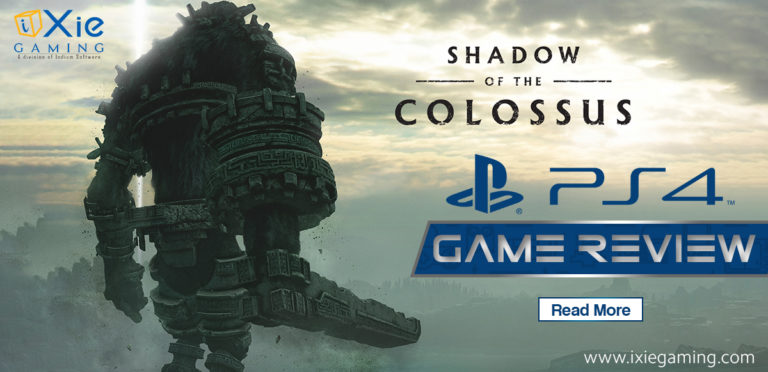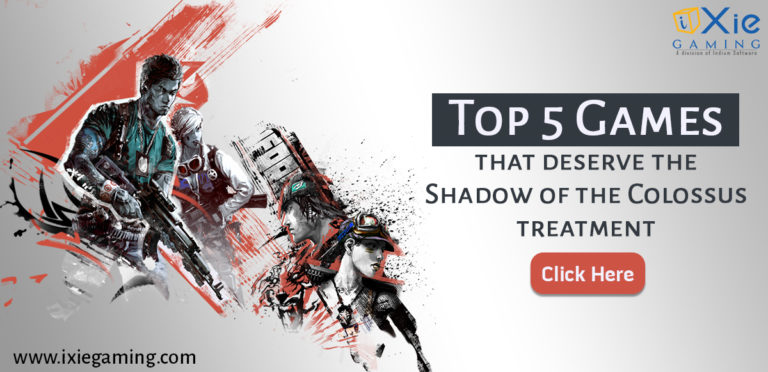Video games have come a long way in a very short span of time. From its humble beginnings in 1958, then booming during the Atari and NES days, to being a pop culture main stay in today’s age, the journey from Pong to Red Dead Redemption 2 has been one for the history books. And during this journey the medium has outpaced and outgrown the likes of Hollywood and the Music industry. It has been adopted with open arms by most people and its audience is among the most vocal, passionate and diverse in the world. While this statement could stand true for places like the USA, UK, Japan and other countries, the same cannot be said about India. India has been and, to some extent, still is quite indifferent to video games. That said, gaming is as strong as it has ever been in India today, and things are only looking brighter in the future. So how did a medium considered as luxury, one that is clearly not among the cheapest of options in entertainment, penetrate a market that consists of customers who look for the most value in anything they buy. Here’s a look at the not so pleasant past, a luke warm present and a potentially bright future for video games in our Motherland.
The Past
Video games have never had the best of reputations in India and to a large extent, they still don’t. However, with mobile gaming being synonymous with phone users, games are currently not being frowned upon as they were used to before. But in the past games were considered a waste of time and money, one that was meant only for kids, and an embarrassment for an adult to admit to his family members that he loves or plays games. As such, one would be forgiven to assume that the Indian market was nothing short of hostile when it came to videogame . So, how did video games penetrate such a market and grow to being what it is today. Enter Piracy. Shocking as it may sound, videogame piracy in the past helped games find a market in India today. I was among the kids who played the likes of Metal Slug and Tekken 3 in hand-built arcade machines, inserting a Rupee coin for each play. As time flew by and the PS2 and PS3 eras kicked in, the arcade machines were replaced by consoles itself, but with a new business model, pay a fee per hour depending on the choice of console and games. And all of it were pirated. Damned if I knew what piracy even was back then, but it was the accessibility of these pirated games, both in terms of how easily they were available and how low the price of admission was to play them, that kept kids like me coming back to them and play them for hours a week. And this happened across all major cities in India creating legions of young videogame lovers who would eventually convince their parents to buy a console or grow up and get one themselves when they started earning. And thus, started the journey of video games in India…for the most part. Today, advancements in technology and awareness of piracy has helped retail game sales and platforms like steam find a steady footing in India, albeit a small one compared to other major countries. But piracy seemed to have been the necessary evil back then for games to get into the hands of Indian gamers.
Also read “The 10 Most Memorable E3 Moments in the Past 10 Years” to know more about the past gaming scenarios.
The Present
Back in my Tekken 3, coin swallowing arcade days, if someone had mentioned that someday both my mother and daughter would love playing games and would play the same games with and against each other, I would have laughed it off. “My mother of all people…. Pfft.”, would have been my response. But today they challenge each other in Cut the rope. Work with each other to solve puzzles and figure out the levels. Such is the progress of video games in India. Largely thanks to the mobile market and more importantly ‘free’ games, video games have found some level of acceptance among different demographics. Suddenly video games were not taboo anymore. And a lot less people were questioning me on how much I spend on games. In the recent past we have had midnight sales for new game releases, tournaments centred on various specific games, and thanks to their immense popularity, we have a PUBG themed restaurants in India. All that said, India is still not the market that has grown to its full potential. Games are still very expensive for the average man and mainstream gaming is still considered a luxury. But the industry is growing, slowly but steadily. And when we look back 15 years, it feels like a miracle that we even made it this far. The good news is that there are much better prospects around the corner if things turn out the way some industry pandits have predicted lately, and for that let’s take a look at……
Read our article on “The Best Moments of The Game Awards 2018”
The Future
It is the best time to be a gamer and every year seems only to get better. Games are getting bigger and better every day. But such growth in quality comes at inflated cost of production. This is something that the industry has been struggling to sustain. While crunch time and delayed releases have been synonymous with the game development process, the last couple of years in particular have seen some shifts towards the extraordinary. From corporations starting to only make one game that makes them the most money, to reporting record profits and then laying off a huge number of its workforce, to the heavy reliance on questionable business models like loot boxes, all of these events have lead to some industry personalities screaming that it is all imploding and an inevitable major shift in direction is incoming. And, of the many different quotes and opinions from various individuals, what stood out the most to me was Amy Hennig’s interview with gameindustry.biz just before attending the DICE conference. Outspoken as always, Amy emphasized on the importance of games being made more efficiently. And that she feels that Outsourcing, among other changes, is inevitable. And during the DICE conference she explained that she is open to such changes and would want to deliver something in the future. And while India may not be the biggest market for games in terms of sales, we have proven time and again that we have best workforce at lower rates. Seen as a hub of outsourcing, India is among the first few countries to come in mind thanks to our diverse talent pool. And with number of gaming related companies steadily rising in recent times, (look at Ubisoft, IGN, AIGA, Rockstar, Zynga) games development, support and anything gaming related could well be the next big thing in India. And the very idea of it is fascinating as it is. Whether or not this turns out to be true is something that time will tell. But the future of gaming will still be strong in India thanks to the legion of boys from the past, who used to play on make shift arcades, who now have their own consoles and gaming PCs, who encourage their kids and their friends’ and families’ kids to play along with them. Whatever the industry provides, we receive it with a smile. Bring on that PS5 already!!
Looking for a Reliable Game QA solutions? Inquire now with our Gaming experts!!!






